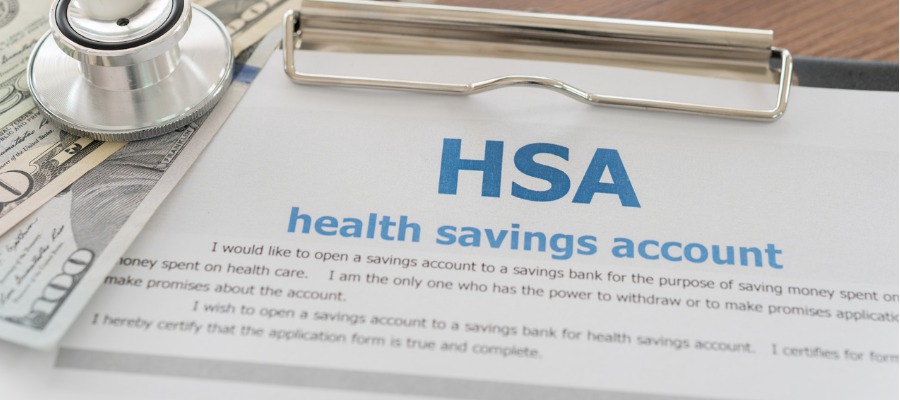Another Change to Health Savings Accounts
On March 5, 2018, the IRS announced a retroactive change to the 2018 Health Savings Account (HSA) plan maximums for families. While this may not seem like a big deal, there are countless health management systems, employee deductions and human resource managers all struggling to make the change.
HSAs are a great way to put money aside for health-related expenses accompanying enrollment in a qualifying health plan. Health savings accounts provide tax-free withdrawals for health-related expenses, a tax deduction to start the account all while contributions grow tax-deferred. Financial advisors, tax professionals and human resource managers alike all agree that HSAs are a great thing. In fact, there are now 20 million HSA accounts in the U.S., according to the Employee Research Benefit Institute (ERBI). The savings accounts continue to grow in popularity with nearly 77 percent having been opened since 2013. So why did the IRS decide to reduce the amount Americans can contribute to the plan?
The year began with funding amounts announced in May 2017 as expected. Individuals could contribute $3,450 and a family could contribute $6,900 to the account. For both amounts, these maximums were an increase of $50 over the previous year. Then on March 5, 2018, the Internal Revenue Bulletin 2018-18 announced that the family contribution limit was reduced by $50 to $6,850. It was stated that the change was due to the Tax Cuts and Jobs Act signed into law at the end of December 2017 that had inflation-related amounts varying from initial projections.
For those that had already funded their HSA to the plan maximum, they will have until April 15, 2019 to remove the excess contribution or face a 6 percent excise tax. According to Meg Gorman of Forbes, the additional tax on the excess $50 comes to a grand total of $3. That’s right, this entire headache for $3. The steps to retract the additional $50 may not be an easy one. You’ll need to contact your HSA provider and remove the excess funds. Depending on your provider, there may also be a fee to remove the additional dollars. Additionally, your provider may not be ready to handle the change/withdrawal either. Lastly, you’ll want to make sure that your plan administrator reports the contribution change correctly on Forms 1099-SA and Form 5498-SA at the end of the 2018 plan year.
The IRS still has the ability to modify the order by either grandfathering those taxpayers who already contributed the original plan $6,900 maximum prior to the March 5, 2018 change. For now, continue to follow the new plan rules and keep that $3 in your back pocket.



Comments (0)